If your pet is squinting, pawing at their face, or their eyes just don’t look quite right, it may be more than simple irritation. Eye conditions in dogs and cats are surprisingly common—and some can become serious emergencies if left untreated.
At St. Petersburg Animal Hospital & Urgent Care in St. Petersburg, Florida, we understand how distressing eye problems can be for both pets and the people who love them. Whether you’re dealing with mild redness or sudden vision loss, our team is equipped to identify the cause and provide the care your pet needs—quickly, kindly, and thoroughly.
Why Eye Health Matters
Vision plays an essential role in how pets navigate the world, interact with their families, and stay safe. When something is wrong with your pet’s eyes, it doesn’t just affect their ability to see—it can cause discomfort, behavior changes, and long-term health consequences if not addressed.
Even minor-looking symptoms can signal more serious problems. Prompt veterinary attention can make all the difference between a minor issue and a lasting complication.
For an overview of many of the conditions we treat, see the ACVO’s guide to common eye conditions.
Signs Your Pet May Have an Eye Problem
Not all eye issues are dramatic. Many pets show only subtle signs, especially in the early stages. Keep an eye out for:
- Squinting or keeping one eye closed
- Redness or bloodshot appearance
- Eye discharge (clear, green, or yellow)
- Cloudiness or bluish haze
- Pawing or rubbing at the face
- Swelling around the eyes
- Light sensitivity
- Visible third eyelid or tissue protrusion
- Sudden clumsiness or bumping into things
If your pet is showing any of the above symptoms, an eye exam is strongly recommended, even if the issue seems mild at first.
Common Eye Conditions in Pets
At St. Petersburg Animal Hospital & Urgent Care, our veterinarians regularly diagnose and treat a wide range of eye issues in dogs and cats. Because many eye problems can worsen quickly—and some are true emergencies—we want pet owners to feel confident recognizing the early signs and knowing when to act.
Here are 10 common ocular conditions we see in pets, along with symptoms to watch for and whether they warrant urgent or emergency care.
1. Conjunctivitis (“Pink Eye”)
Conjunctivitis refers to inflammation of the conjunctiva—the moist tissue covering the white of the eye and inner eyelids. It can be caused by bacterial or viral infections, allergies, foreign material, or irritants like dust or smoke. Common signs include:
- Redness
- Watery or mucous discharge
- Squinting or blinking excessively
- Rubbing at the eyes
When to seek care: Urgent care is recommended—especially if the eye is painful, there’s thick green/yellow discharge, or signs don’t improve within 24–48 hours. Infections can worsen or lead to corneal ulcers if left untreated.
Learn more from Today’s Veterinary Practice.
2. Corneal Ulcers
A corneal ulcer is a scratch, erosion, or open sore on the clear surface of the eye. These can result from trauma, dry eye, entropion, or infection. Symptoms may include:
- Squinting or keeping the eye closed
- Visible cloudiness or opacity
- Eye discharge (often green or yellow)
- Pawing at the eye
When to seek care: Emergency care is necessary. Corneal ulcers are extremely painful and can rapidly worsen, leading to permanent damage or even rupture of the eye if not treated promptly.
Read this pet owner guide for an overview of corneal ulcers.
3. Cherry Eye
Cherry eye is a prolapse of the nictitating membrane gland (third eyelid gland), most commonly seen in young dogs under two years old. It typically appears as a pink or red, pea-sized mass in the inner corner of the eye.
When to seek care: Schedule a non-emergency veterinary visit within a few days. While not painful in the early stages, cherry eye may lead to chronic irritation or dry eye if left untreated. Surgery is often required to reposition the gland.
Details available at Hill’s Pet.
4. Entropion and Other Eyelid Disorders
Entropion is a condition where the eyelid rolls inward, causing the lashes to rub against the cornea. This irritation can lead to ulcers, infections, and scarring. Breeds with loose facial skin or short muzzles (like Bulldogs and Shar-Peis) are especially prone.
When to seek care: Urgent care is recommended if there are signs of squinting, discharge, or corneal irritation. Entropion typically requires surgical correction to prevent permanent eye damage.
More on causes and treatments at Pet Health Network and the Merck Veterinary Manual.
5. Lens Luxation (Dislocated Lens)
Lens luxation is the displacement of the eye’s natural lens, either partially or completely. It’s most common in terrier breeds and can be secondary to glaucoma or genetic conditions. Signs may include:
- A cloudy or bluish appearance
- Visible movement of the lens inside the eye
- Pain, squinting, or behavioral changes
When to seek care: Emergency care is critical. A dislocated lens can quickly lead to increased pressure (glaucoma) and permanent vision loss.
Explore the Merck guide to lens luxation.
6. Glaucoma
Glaucoma is a condition where fluid builds up in the eye, increasing pressure and damaging the optic nerve. It is very painful and progresses rapidly. Symptoms include:
- Enlarged or bulging eye
- Cloudiness
- Redness
- Vision loss
When to seek care: This is an emergency. Prompt treatment is essential to relieve pressure and preserve vision. Unfortunately, by the time signs are visible, damage is often already occurring.
7. Cataracts vs. Nuclear Sclerosis
Both conditions cause cloudiness in the lens of the eye. However, cataracts block vision, while nuclear sclerosis is an age-related change that doesn’t significantly affect sight.
When to seek care: Schedule a routine veterinary exam to determine the cause. Cataracts may require monitoring or surgery, especially in diabetic pets. Accurate diagnosis is key.
ACVO explains the difference here.
8. Ocular Tumors
Tumors can form on the eyelid, surface of the eye, or inside the eye itself. Symptoms vary but may include:
- Visible mass or swelling
- Bleeding or discharge
- Squinting or vision changes
When to seek care: Urgent evaluation is advised. While not always cancerous, ocular tumors can interfere with vision or become locally invasive. Early diagnosis leads to better outcomes.
Read more in Today’s Veterinary Practice or the Merck Manual overview.
9. Pannus
Pannus (also called chronic superficial keratitis) is an immune-mediated condition that causes pink tissue or pigment to grow over the cornea. It’s particularly common in German Shepherds and sighthounds.
When to seek care: Schedule a veterinary visit promptly. While not an emergency, pannus is progressive and can lead to blindness if left untreated. Treatment usually involves lifelong topical medications.
Visit Colorado State University for more on this condition.
10. Hereditary Eye Diseases
Some breeds are predisposed to inherited conditions like progressive retinal atrophy (PRA), which causes gradual vision loss. These conditions often show no signs until significant damage has occurred.
When to seek care: Routine eye exams and genetic screening are essential—especially in breeds known for ocular issues. While most hereditary diseases are not emergencies, early detection can help guide care and preserve quality of life.
Explore testing options with the BVA Canine Health Schemes.
Diagnosing Eye Conditions
Correctly diagnosing an eye condition requires a careful, hands-on veterinary evaluation. At St. Petersburg Animal Hospital & Urgent Care, we use:
- Fluorescein staining to detect scratches or ulcers
- Tonometry to check for glaucoma
- Slit-lamp biomicroscopy for detailed inspection
- Ophthalmic pressure testing and bloodwork to rule out systemic causes
- Referral to board-certified veterinary ophthalmologists when advanced care is needed
Some eye conditions can look very similar—especially in the early stages—which is why diagnostics are so important for determining the correct course of treatment.
When Is an Eye Problem an Emergency?
Eye conditions can progress rapidly. When in doubt, err on the side of caution.
Seek urgent care if you notice:
- Sudden vision loss or disorientation
- Excessive squinting or eye rubbing
- Bulging or protruding eyes
- Pus-like or bloody discharge
- A visible wound or foreign object in the eye
- Sudden cloudiness, color change, or swelling
For a more comprehensive look at true ocular emergencies, refer to the Merck Veterinary Manual’s guide and this overview on sudden blindness.
Our urgent care team is trained and ready to assess and treat eye emergencies quickly and compassionately.
Preventing Eye Problems
While some eye issues are unpreventable, many can be reduced or caught early through proactive care.
Tips to protect your pet’s vision:
- Schedule regular wellness exams—your vet will check the eyes at each visit
- Know your breed’s risk factors for inherited conditions
- Avoid head-out-the-window rides to prevent trauma or debris injuries
- Groom carefully—avoid getting shampoo, hair, or irritants in the eyes
- Monitor for discharge, squinting, or redness
- Treat infections and allergies early to prevent complications
Early detection is the best defense against vision loss and discomfort.
Your Next Step: Prioritize Your Pet’s Eye Health
Whether you’re noticing subtle changes or managing an urgent issue, you don’t have to figure it out alone. Our team at St. Petersburg Animal Hospital & Urgent Care is here to guide you with expert insight and genuine care.
We offer:
- Prompt urgent care exams for ocular emergencies
- Thorough diagnostics and imaging
- Access to trusted ophthalmology referrals when needed
- Clear communication and compassionate guidance—every step of the way
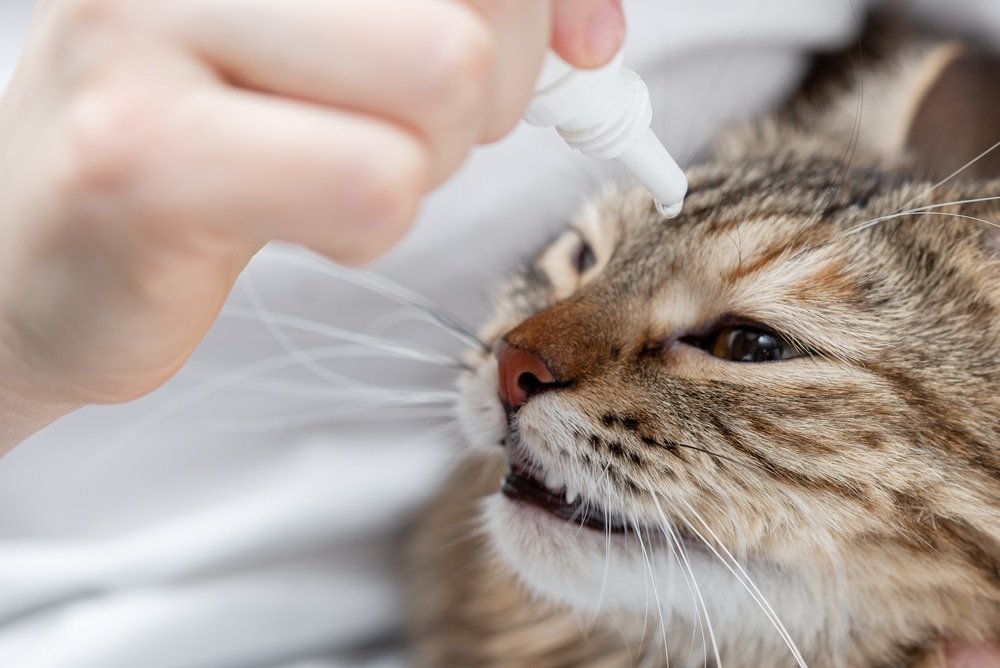
Schedule an Eye Exam Today
If your pet’s eyes don’t look or feel right, it’s always better to check sooner rather than later. Schedule a visit or call us to speak with a member of our veterinary team.
Healthy vision starts with proactive care—and we’re here to help protect your pet’s eyes, comfort, and quality of life.

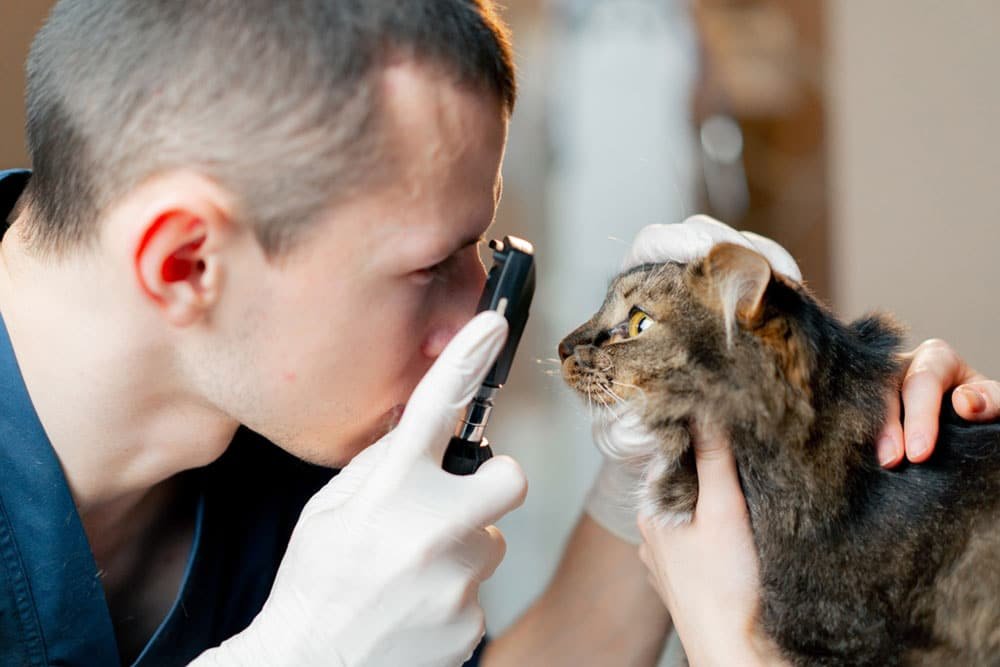
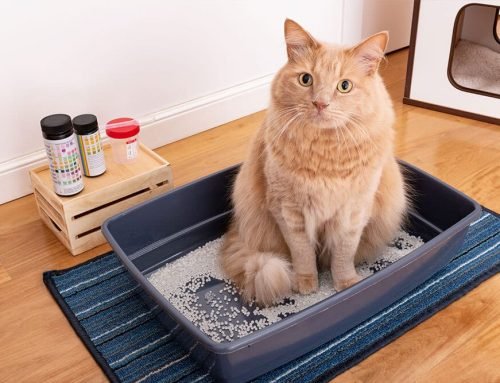
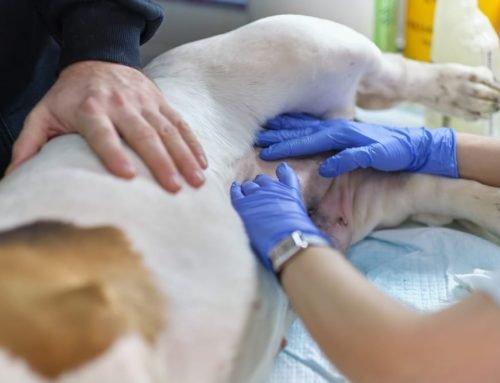
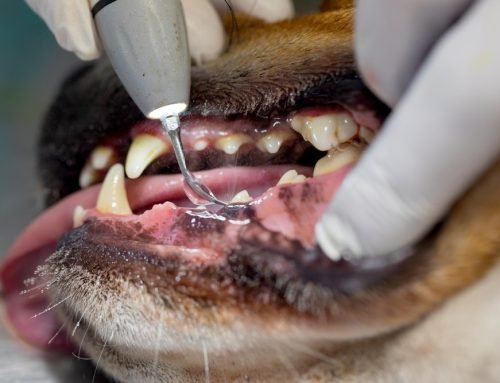
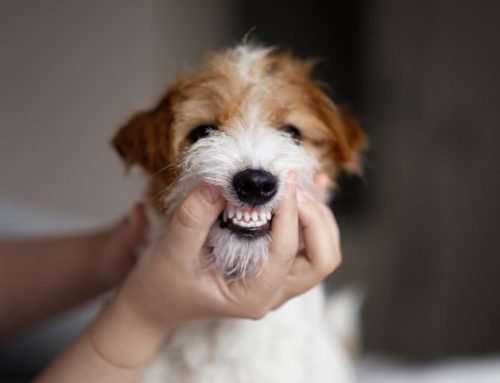

Leave A Comment